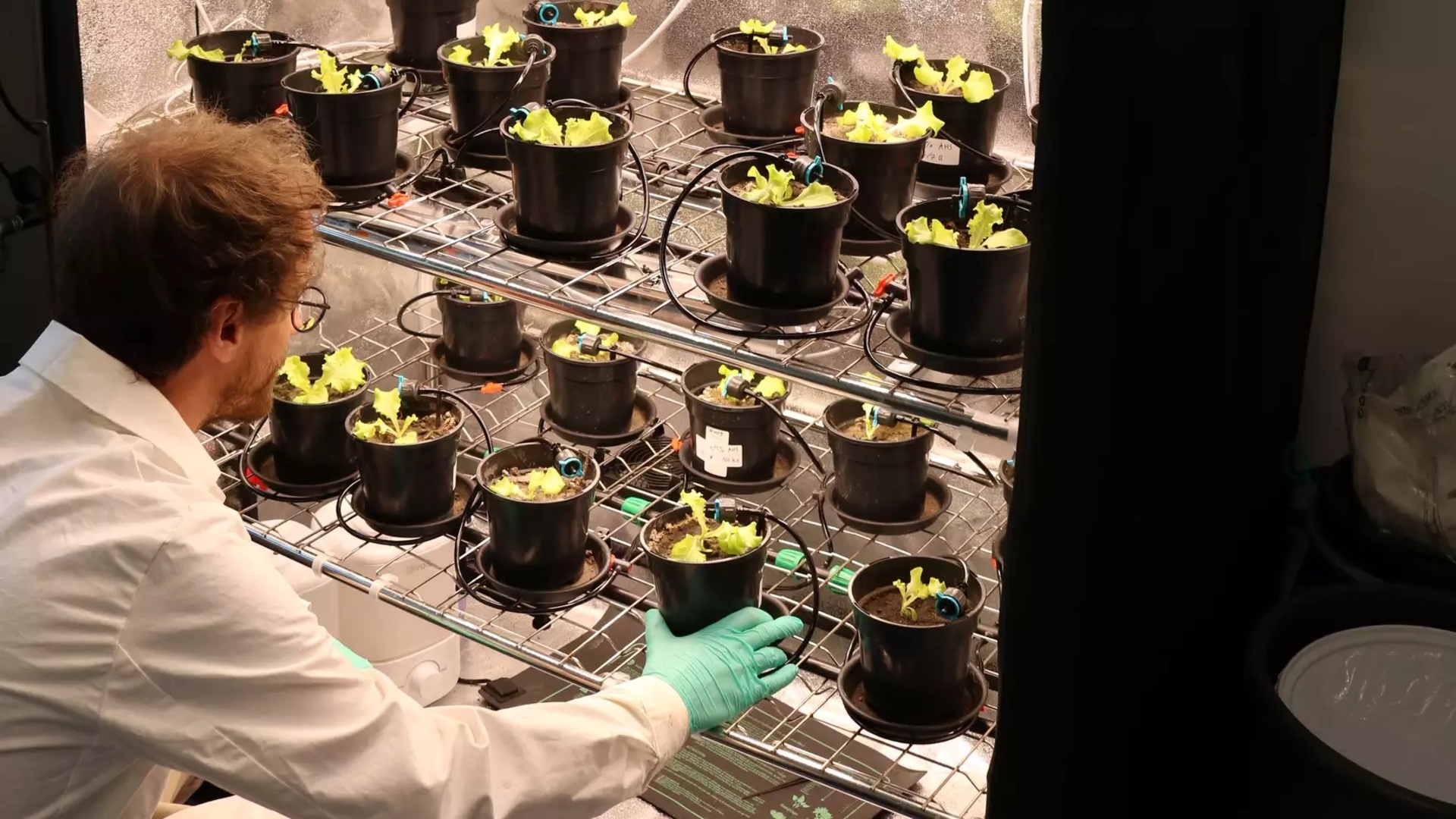A groundbreaking development from Germany is poised to revolutionize our approach to soil degradation and the escalating climate crisis. A pioneering startup, Humify, has ingeniously resurrected a nearly century-old high-pressure process, adapting it to transform organic waste into a powerful, nutrient-rich substance dubbed “superhumus.” This innovative solution offers a dual benefit: rapidly regenerating infertile soil and significantly enhancing carbon capture capabilities.
At the heart of this remarkable innovation lies “hydrothermal humification,” a sophisticated process developed by a cross-disciplinary team of chemists, biologists, and engineers at Humify. This method involves processing various organic waste streams at precisely controlled temperatures—around 392 degrees Fahrenheit (200 degrees Celsius)—under specific pressure and with the strategic addition of water. The result is the creation of artificial humic substances that mimic nature’s own soil-enriching compounds.
Once integrated into the soil, these engineered humic substances act as powerful catalysts for ecological restoration. Their unique composition allows them to efficiently retain vital moisture and essential minerals, thereby cultivating an optimal environment for diverse microbial communities. This thriving subterranean ecosystem is crucial, as these activated microbes play a pivotal role in sequestering atmospheric carbon dioxide, effectively trapping it within the earth.
While soil naturally serves as the planet’s largest carbon reservoir, extensive human activities, including widespread deforestation, the draining of vital moorlands, and destructive agricultural practices, have severely compromised its ability to store CO2. These actions not only diminish soil fertility but also accelerate greenhouse gas emissions by disrupting delicate microbial balances, underscoring the urgent need for viable solutions like Humify’s technology.
The inspiration for Humify’s breakthrough traces back to the meticulous work of Dr. Markus Antonietti, Director at the Max Planck Institute of Colloids and Interfaces. During his lab experiments, Dr. Antonietti revisited the chemical principles of the Bergius-Pier process. This historical method, developed in 1931 by Nobel laureate Friedrich Bergius, was originally designed to convert biomass into oil using similar parameters of heat, water, and pressure, showcasing the enduring power of foundational scientific research.
Dr. Antonietti emphasizes the immense potential of this “superhumus,” stating that just one tonne applied per hectare can bind up to 50 tonnes of carbon in the soil within the first year alone. This impressive carbon sequestration is not merely a passive absorption but an active process, as the product actively stimulates beneficial soil organisms, amplifying their natural ability to lock away carbon. This makes it a highly effective tool for sustainable agriculture and environmental restoration.
The timing for such a fast and sustainable method of soil improvement could not be more critical. Beyond its climate benefits, Humify’s humus has demonstrated significant practical advantages, notably increasing crop yields by up to 20 percent in Chinese field trials. This dual impact—improving agricultural productivity while simultaneously addressing the climate crisis—highlights the holistic value proposition of this innovative soil regeneration technology.
A key advantage of Humify’s flexible process is its adaptability to various types of organic waste and local conditions. Unlike some carbon capture technologies that require specific inputs, Humify can utilize a wide range of biomass. Furthermore, the potential for integration with existing infrastructure, such as biogas plants, offers an intriguing prospect. The resulting fermentation residues from these plants could be directly processed into humus, creating a highly efficient circular economy model for the agricultural sector.






Leave a Reply